Seismic Network
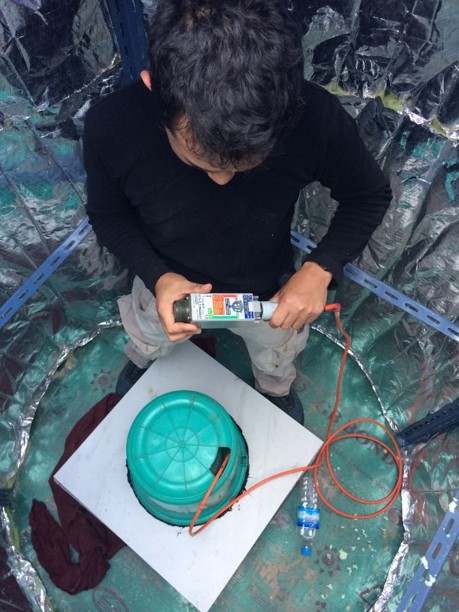
The seismic networks, linked by a satellite-based communication system, monitor the tectonic motion in several earthquake hotspots within South and Southeast Asia, thus providing essential information for scientists to understand the earthquake potentials from these mega fault-systems on earth.
The CGO at EOS operates multiple seismic stations that monitor earthquakes and volcanic activities in real-time and that can be linked with our GPS stations. EOS works closely with other research institutes in Southeast Asia, including the Philippine Institute of Volcanology and Seismology (PHIVOLCS), Center of Volcanology, and Geological Hazard Mitigation (CVGHM) to operate the GPS and the seismic monitoring arrays. Regarding international collaboration, EOS provides important information on current tectonic and volcanic activities and receives solid support from these research institutes to understand regional earthquake and volcanic-related hazards.
The CGO at EOS is fully capable of designing the seismic station, installing and maintaining the station, as well as operating the network and processing the data.
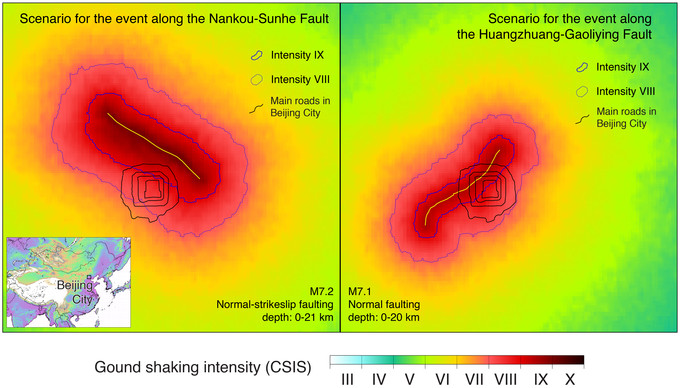
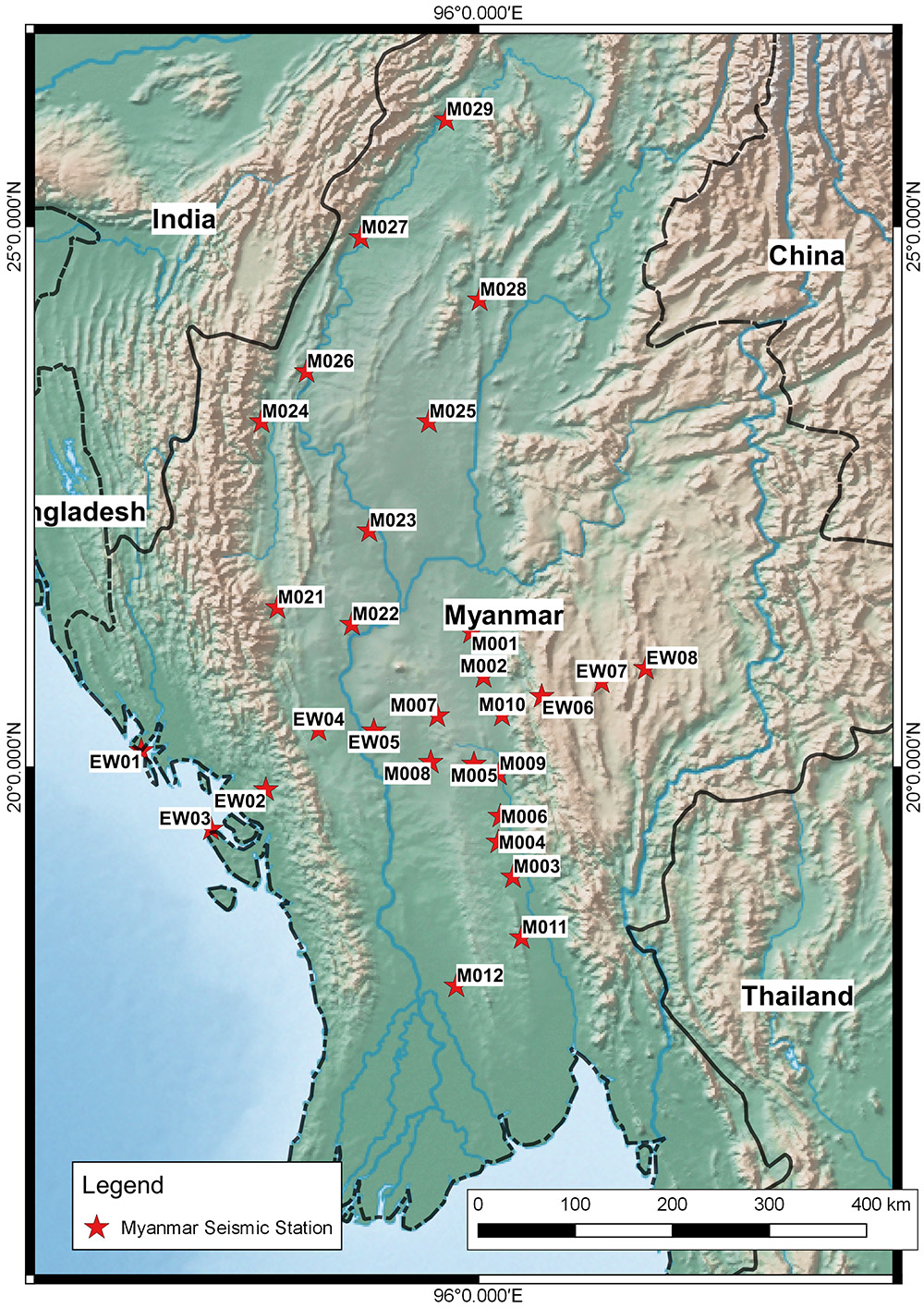
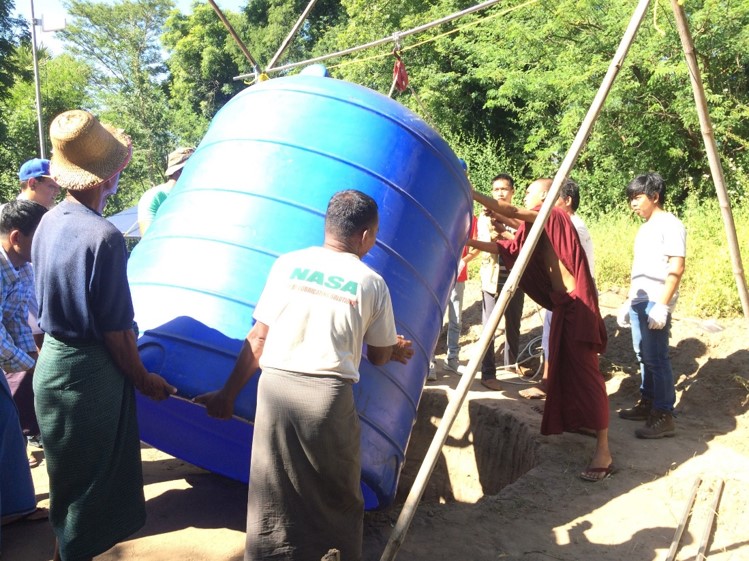
Earth Observatory of Singapore, Myanmar Earthquake Committee, and the Department of Meteorology and Hydrology place a plastic water container in order to maintain the inner ground temperature of a seismic vault. EOS and its collaborators have established 30 seismic stations spread throughout Myanmar (Source: Juniator Tulius)
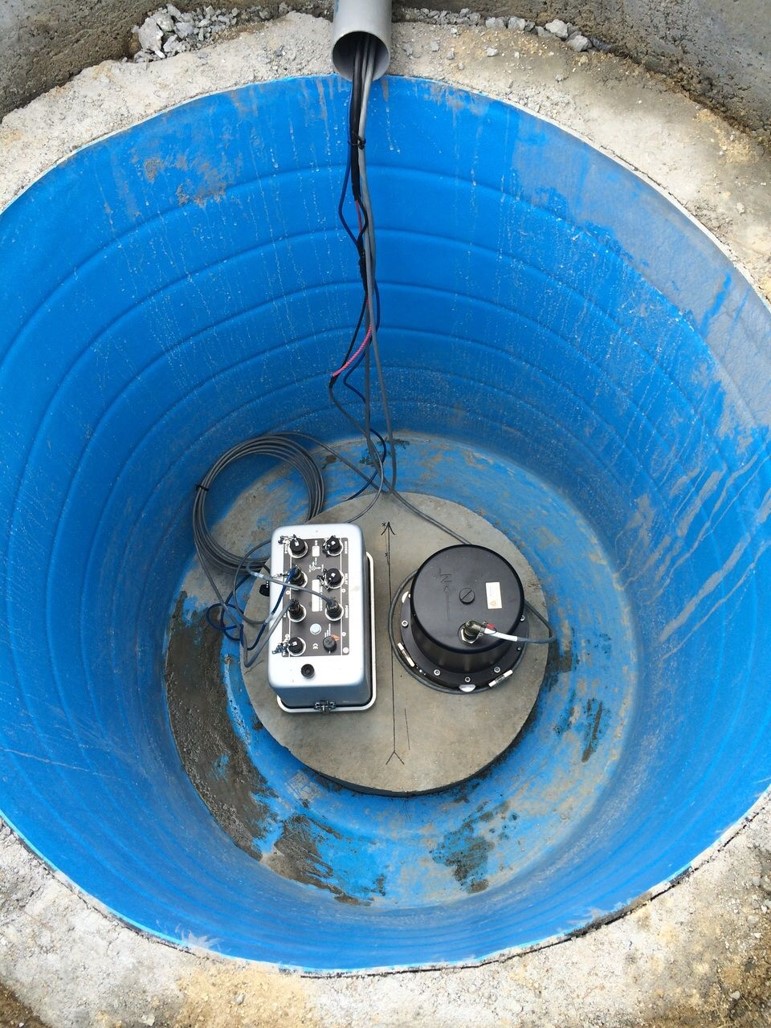
Inside a plastic water container which maintains the inner ground temperature of a seismic vault. (Source: Juniator Tulius)

Mr Jeffrey Encillo, a field engineer mounts a seismic instrument at a Myanmar seismic network station (Source: Juniator Tulius)

The CGO team led by Mr Leong Choong Yew and Myanmar collaborators maintain a seismic network station in Myanmar, 2018 (Source: Juniator Tulius)
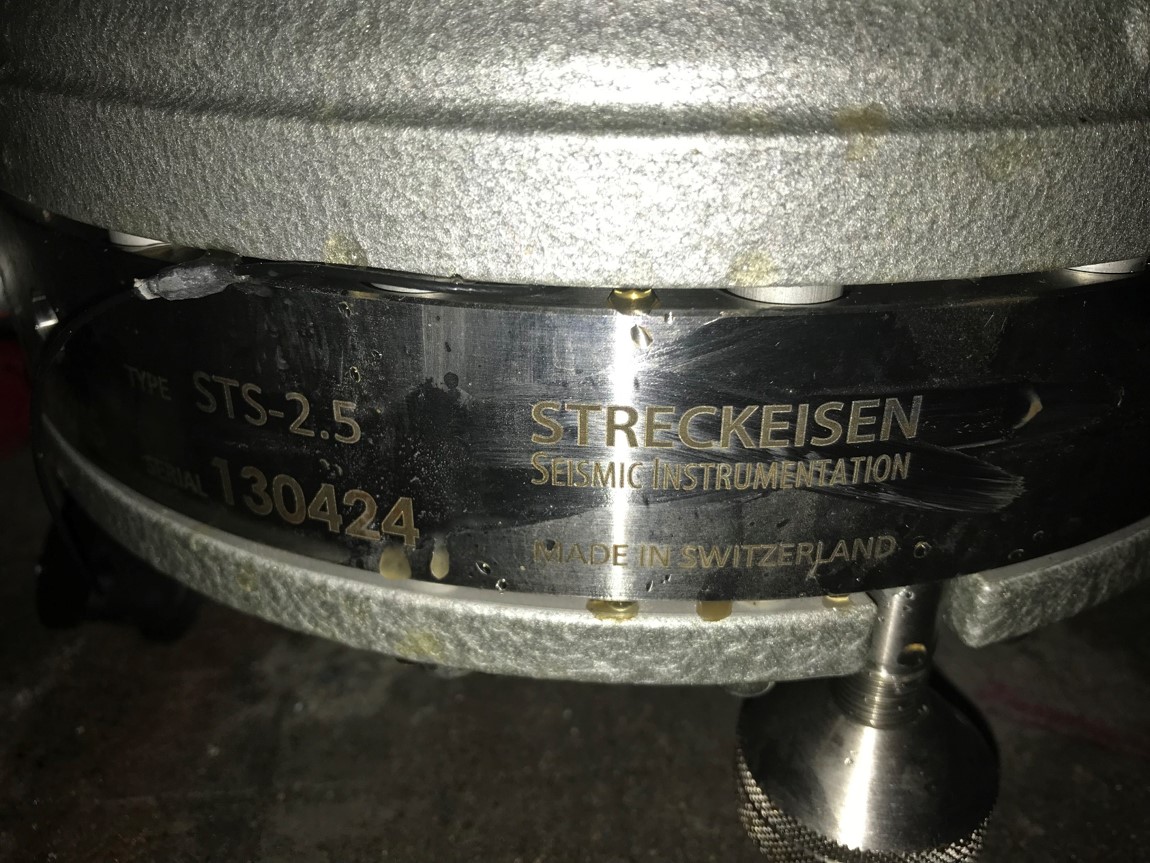
One of the seismic instruments installed as part of the seismic network in Myanmar (Source: Juniator Tulius)

One of the seismic station’s housing structure in Myanmar, 2019 (Source: Chulalak Sundod)
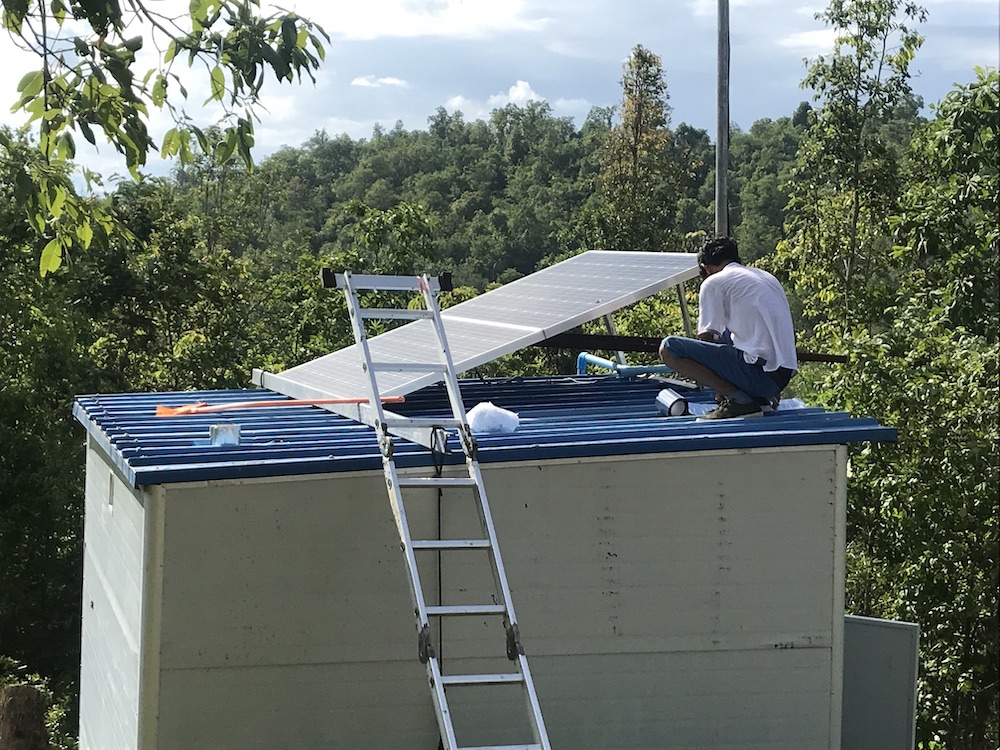
Our Myanmar field engineer is cleaning solar panels on top of seismic housing structure in 2019 (Source: Chulalak Sundod)
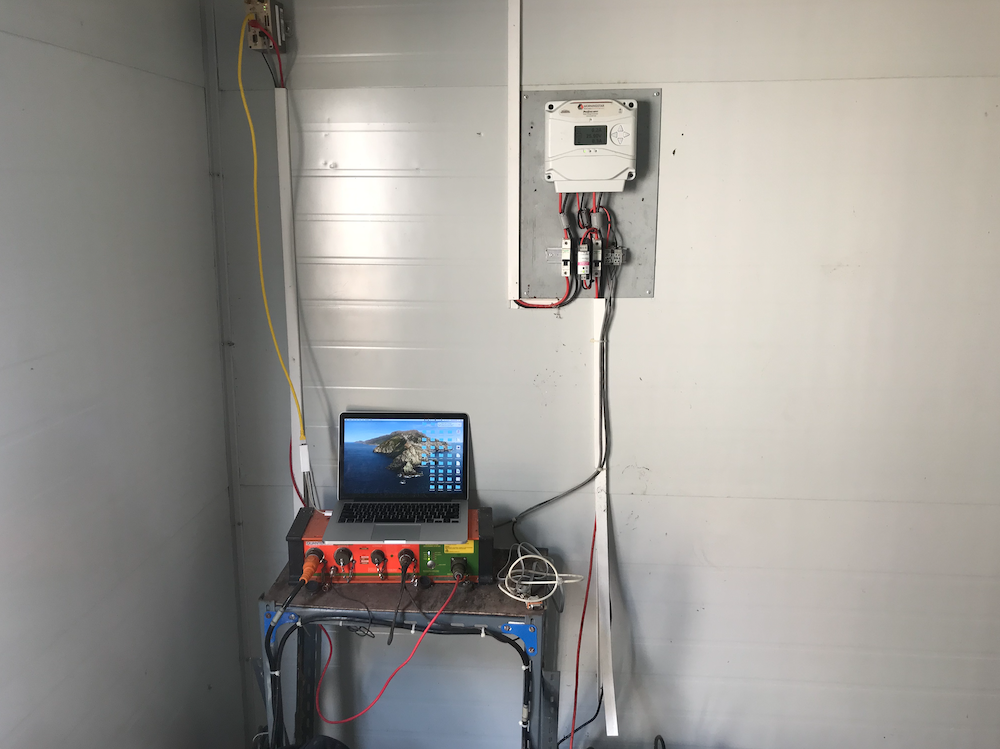
Datalogger and power charge controller inside a seismic housing structure, 2019 (Source: Chulalak Sundod)

Seismograph protected by a bucket in a seismic vault in Myanmar, 2019 (Source: Chulalak Sundod)
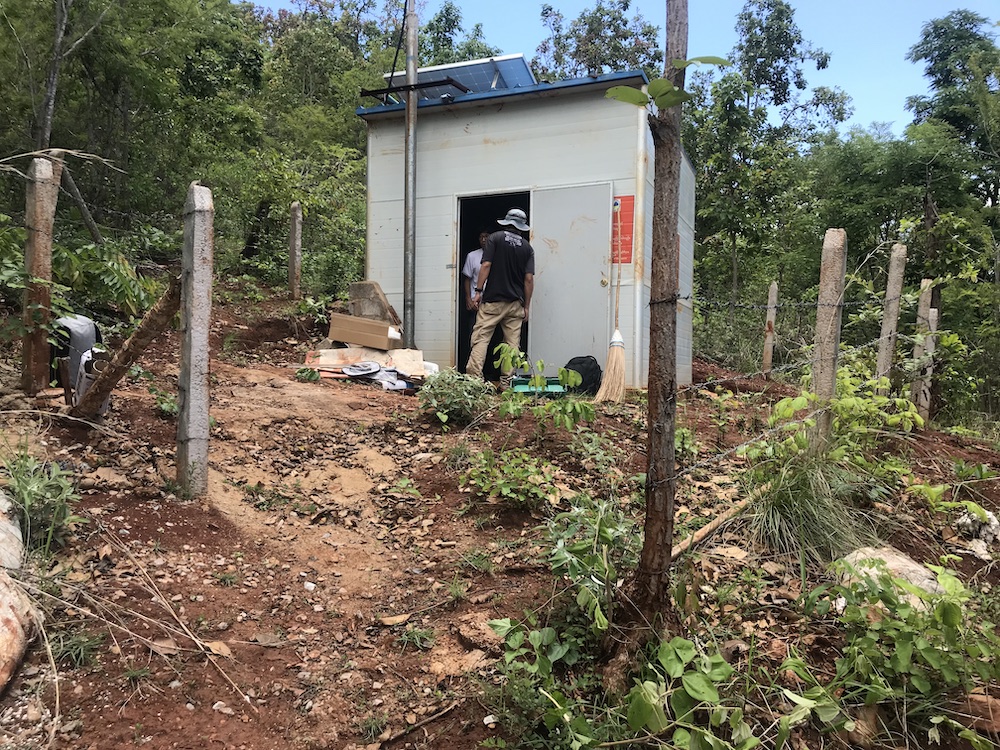
Outside a seismic housing structure in Myamar, 2019 (Source: Chulalak Sundod)